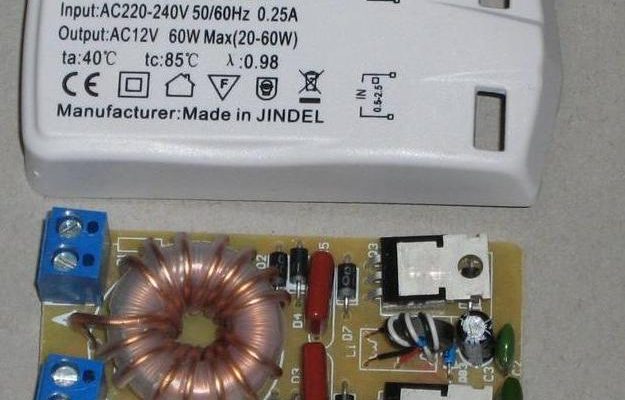
Electric transformers are the unsung heroes of the power industry, silently working behind the scenes to ensure the smooth transmission and distribution of electricity. These remarkable devices play a pivotal role in our daily lives, enabling the efficient transfer of electrical energy across vast distances. In this article, we will delve into the intricate workings of electric transformers, uncovering their multifunctional capabilities and shedding light on their indispensable role in modern society.
- Facilitating Voltage Transformation:
At its core, the primary function of an electric transformer is to facilitate voltage transformation. By utilizing the principles of electromagnetic induction, transformers can either step up or step down the voltage levels of alternating current (AC) electricity. This ability to modify voltage is crucial for efficient power transmission, as it allows for the minimization of energy losses over long distances. - Enabling Efficient Power Distribution:
Electric transformers serve as the backbone of power distribution networks, ensuring that electricity reaches our homes, businesses, and industries reliably and safely. These transformers are strategically placed at substations, where they receive high-voltage electricity from power plants and step it down to lower, more manageable levels for local distribution. This process minimizes the risk of electrical accidents and optimizes power utilization. - Balancing Load and Voltage Regulation:
Another vital function of electric transformers is load balancing and voltage regulation. Transformers are equipped with tap changers, which allow for the adjustment of the transformer’s turns ratio. This feature enables the optimization of voltage levels, compensating for fluctuations in power demand and maintaining a stable supply of electricity. By ensuring a consistent voltage supply, transformers protect electrical equipment from damage and enhance the overall reliability of the power grid. - Power Quality Enhancement:
Electric transformers play a crucial role in enhancing power quality. They help mitigate voltage sags, surges, and harmonics, which can cause disruptions and damage to sensitive electrical devices. Transformers equipped with advanced technologies, such as voltage regulators and harmonic filters, ensure a clean and stable power supply, safeguarding the performance and longevity of electrical equipment. - Integration of Renewable Energy Sources:
As the world transitions towards a greener future, electric transformers are instrumental in integrating renewable energy sources into the power grid. Transformers facilitate the connection of solar farms, wind turbines, and other renewable energy installations to the existing infrastructure. By stepping up the voltage of electricity generated from these sources, transformers enable efficient long-distance transmission and maximize the utilization of renewable energy.
Conclusion:
Electric transformers are the unsung heroes of the power industry, silently working to ensure the efficient transmission and distribution of electricity. From voltage transformation and load balancing to power quality enhancement and renewable energy integration, transformers play a multifaceted role in modern society. As we continue to rely on electricity for our daily needs, it is essential to appreciate the vital function that electric transformers fulfill, enabling us to enjoy a reliable and sustainable power supply.

